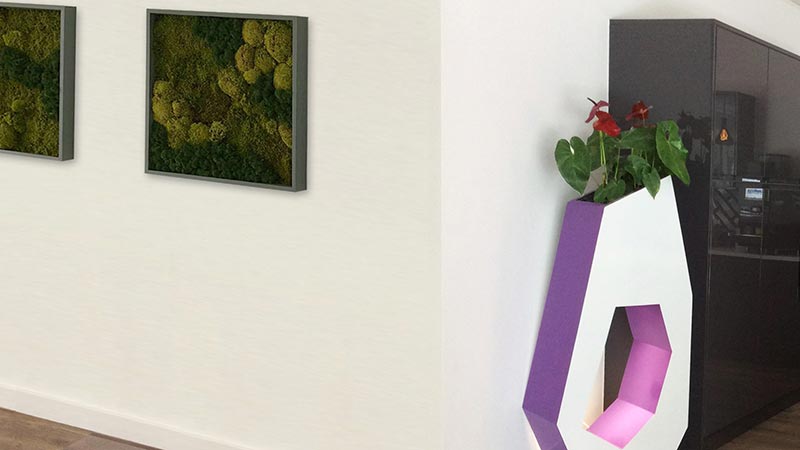This is a rather different blog to the ones that we usually produce, it is a little more serious and we’ll keep references to plants to an absolute minimum.
We would like to talk about the anxiety that many people are feeling at the prospect of returning to a workplace environment, and what steps we can all take to understand and help those most affected.
Why are people anxious?
Anxiety has no regard for status and its causes are many and various. It might be a result of a genuine fear of becoming ill, being expected to join in and act ‘normal’, attend meetings, talk to new colleagues or embrace different working conditions.
It might be something as simple as what to wear, and in saying ‘simple’ we’ve highlighted perhaps the nastiest trick that anxiety plays, what might seem trivial to some can be a real issue for others.
A recent study in the USA, published in Forbes, it was found that younger employees, those under the age of 25, were among the most anxious about the prospect of returning to workplace.
So, anxiety doesn’t ask your age, or to see your bank balance, it does not respect status and there is no such thing as ‘simple’.
It’s Rotten.
What are the signs of anxiety in the workplace?
Well, as we’ve said already, it’s a rotten condition so of course, the signs vary but among the most common are : irritability, avoiding friends and social situations, loss of concentration, crying, change in appetite, loss of interest in work and trouble maintaining focus, apprehension, indecisiveness, absenteeism, poor time keeping, as well as physical signs such as sweating or an upset tummy.
What can we do to help ourselves?
Keeping a log of when and where you feel most anxious can help, firstly by providing a task that can be ‘easily’ undertaken, second as a record of stressful situations that can perhaps be either avoided or worked around, and finally as a positive step that we can take straight away.
It really helps to know that you are doing something positive.
This positive attitude can also be achieved with a healthy diet, cutting down on alcohol and caffeine intake, and exercising.
Just to know that you are in control of something is hugely beneficial.
Getting the right amount of sleep is top of the list for most experts on the subject. Of course you’re sleeping too much or too little because you’re anxious, so suggesting this as a ‘cure’ is a bit like telling someone with a broken leg to just stop feeling the pain.
There are lots of apps, classes, on-line workshops and therapist that can help with sleep, it is important but don’t stress yourself if it doesn’t happen straight away.
Communicate with others, don’t be afraid to be honest if somebody asks how you’re feeling, a candid response of ‘not brilliant’ might just help you and the person you’re talking to.
Be organised, this sounds a bit wishy washy but it goes back to taking control and will reduce the stress associated with being unprepared.
What can we do to help others?
We would love to just say ‘be kind’ but that’s a little too trite. Of course be kind, but also be patient, be compassionate and be the person you would want to meet if you were struggling.
Perhaps a random act of kindness might really help, a small gift… we hear that plants make great gifts (oh come on, over 600 words and we’ve barely mentioned plants).
Be kind.
Ps. if you’d like to read more about the benefits of plants and interior landscaping on mental and physical wellbeing, there are lots of blogs to explore here
If you would like to chat to one of our team about the possibility of having some plants in your workplace, please call or email, we’ll be delighted to help.
![]() 01730 890111
01730 890111 ![]() enquiries@greenteaminteriors.com
enquiries@greenteaminteriors.com






